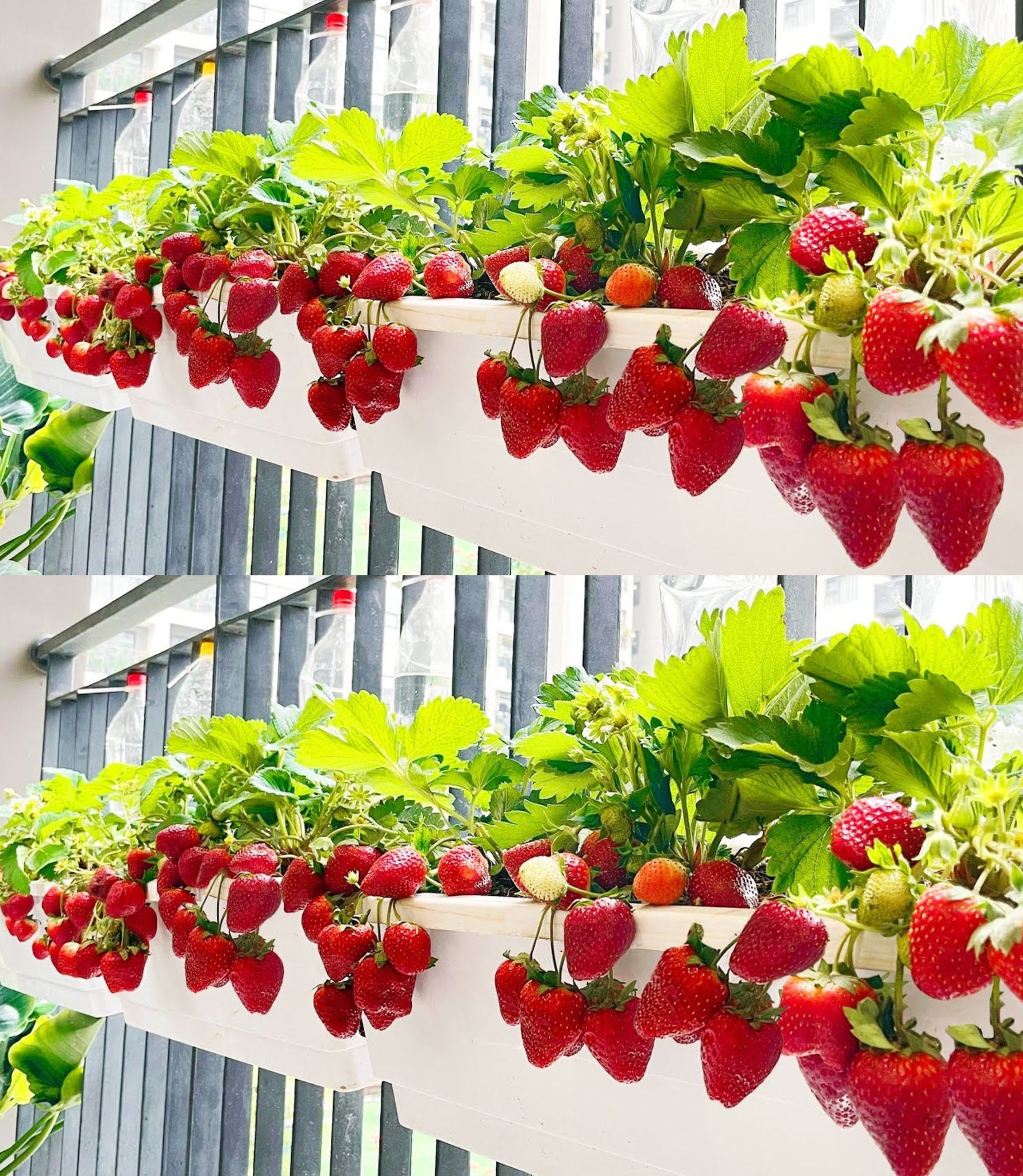
Dealing with strawberries that are infested with worms and insects can be disheartening, but there are simple and cost-effective ways to clean and disinfect them. Here’s a step-by-step guide to help you ensure your strawberries are safe and enjoyable to eat:
1. Water Rinse
- Initial Rinse: Start by gently rinsing the strawberries under cool, running water to remove any visible dirt and debris. Do not soak them as they are very porous and can absorb water, which can affect their texture and flavor.
2. Saltwater Soak
- Saltwater Solution: Mix approximately one teaspoon of salt per cup of warm water in a large bowl. Ensure the salt is dissolved.
- Soaking: Place the strawberries in the saltwater solution and let them soak for about 30 minutes. The saltwater helps to draw out small worms and insects without the use of chemicals.
- Inspection: After soaking, you may notice small worms or insects floating in the water or coming out of the strawberries.
3. Vinegar Bath
- Vinegar Solution: If you prefer, you can use a vinegar solution instead of saltwater. Mix one part white vinegar to three parts water.
- Soaking: Soak the strawberries in the vinegar solution for about 5 minutes. Vinegar is a natural disinfectant and can help kill bacteria and mold spores.
- Rinsing: After soaking, thoroughly rinse the strawberries under cool, running water to remove any vinegar taste.
4. Lemon Juice Spritz
- Lemon Juice: For an extra layer of cleaning, you can lightly spritz the strawberries with lemon juice. Lemon juice is a natural antiseptic and can help to sanitize the fruit.
- Rinse Again: Rinse the strawberries once more after the lemon juice spritz to ensure they don’t retain any lemon flavor.
5. Drying
- Pat Dry: Gently pat the strawberries dry with a clean paper towel or let them air dry. This helps to prevent mold growth and keeps them fresh longer.
- Refrigeration: If you’re not eating the strawberries immediately, store them in the refrigerator to keep them fresh. It’s best to store them in a container lined with paper towels to absorb any excess moisture.
6. Final Check
- Visual Inspection: Before consuming or storing the strawberries, give them one final check to make sure there are no remaining insects or worms.
- Cutting: If you’re still concerned, you can cut the strawberries into pieces before eating to ensure there are no internal pests.
Additional Tips:
- Buy Organic: Organic strawberries may have fewer pesticide residues, but they can still have pests. Always wash them thoroughly.
- Harvesting: If you grow your own strawberries, harvest them early in the day and refrigerate them promptly to minimize insect problems.
- Regular Checks: Regularly check your strawberry plants for signs of infestation and take action promptly to control pests.
By following these steps, you can enjoy your strawberries without the worry of consuming unwanted pests. Remember that it’s always important to wash all fruits and vegetables before eating to ensure they are clean and safe.
